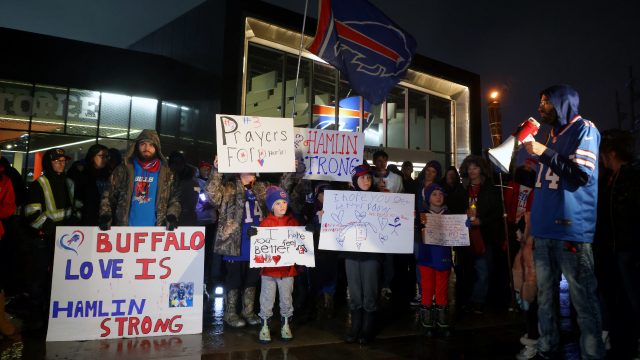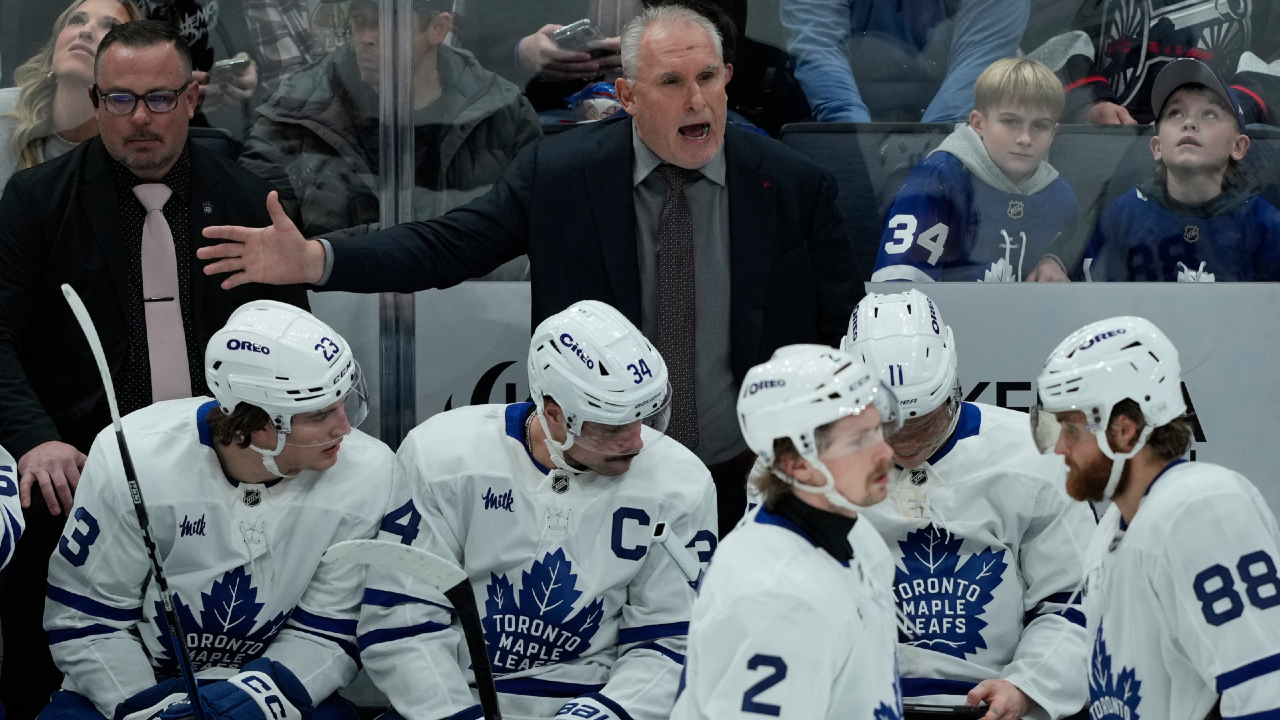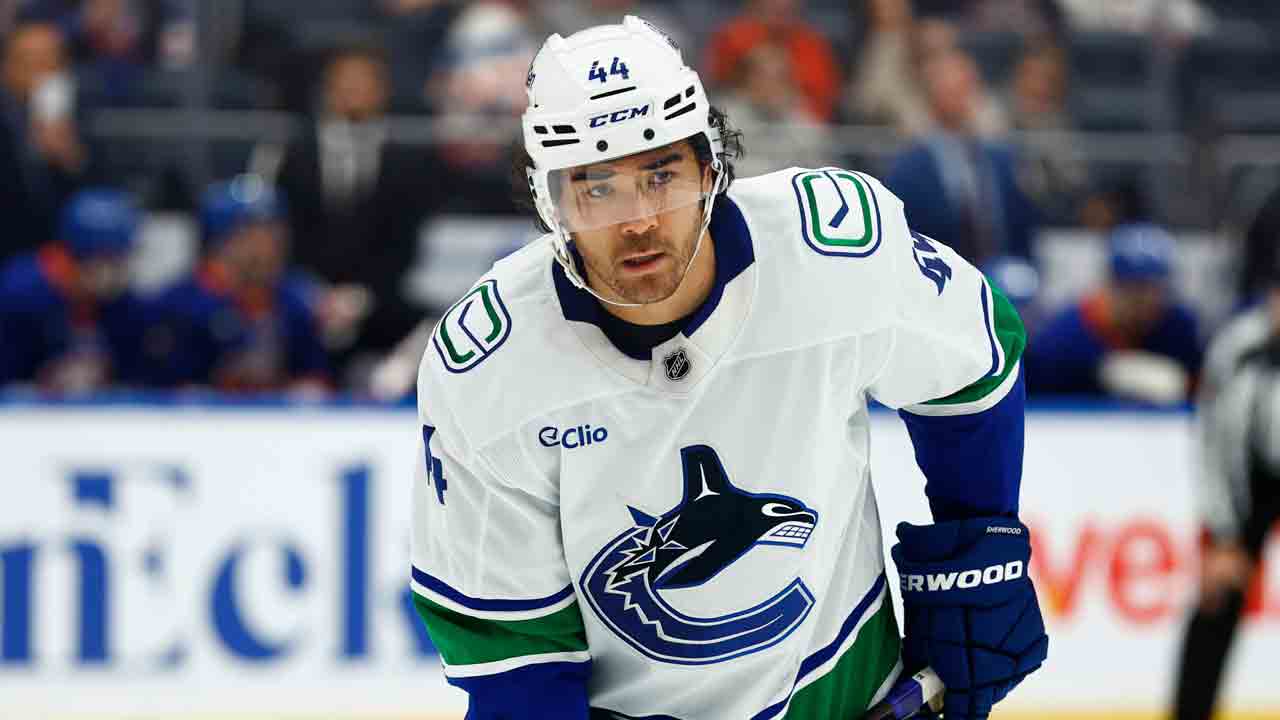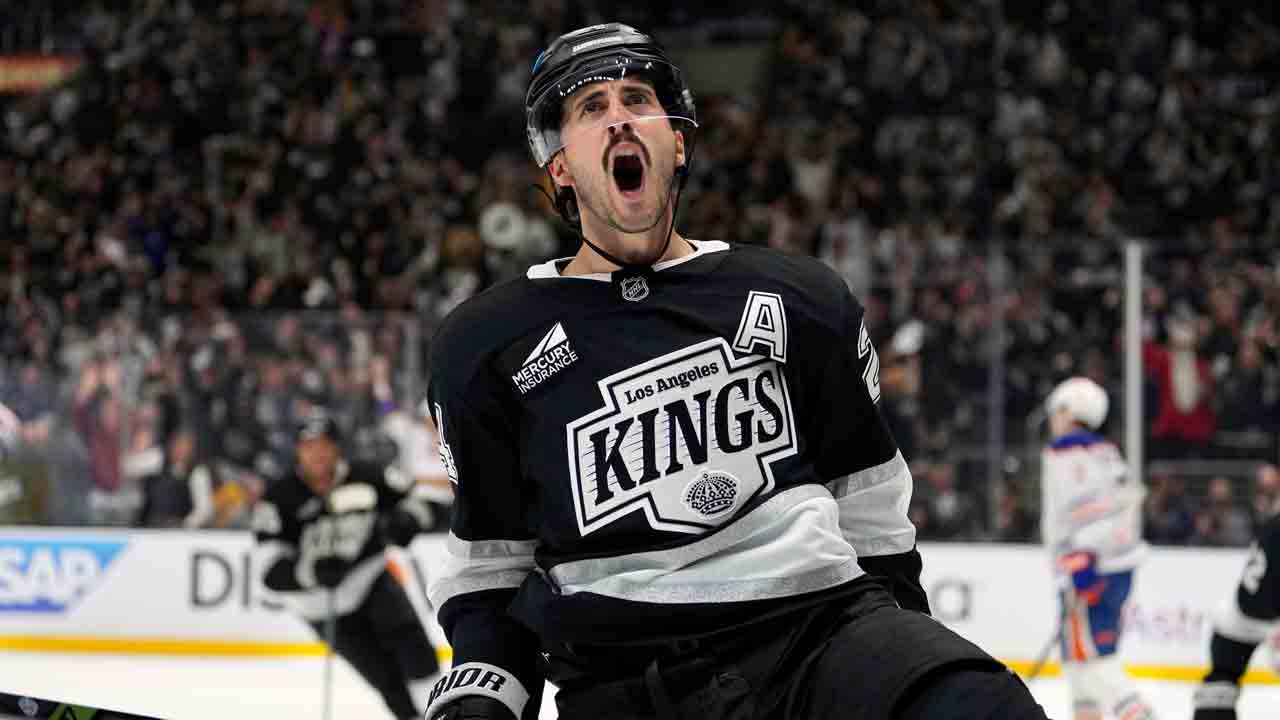
The visual that has stayed with me, the one I’ll never forget, is the wide shot after the players left the field. Bills safety Damar Hamlin had just collapsed following a hit in Buffalo’s Monday nighter against the Bengals. We would later learn the 24-year-old went into cardiac arrest on the field. He was whisked away in an ambulance, no thumbs up to the crowd, no relieved ovation, and then a full stadium of people stayed in their seats for an hour waiting for the resumption of play.
Those of us watching at home were complicit, too. We all had an idea of what happened, at least that it was something very serious, yet there was still an appetite for more football. There was an expectation that players would soldier on because that’s what they always do.
As humans, we do our best not to think about mortality until we come face-to-face with it. Football takes this tendency to deny and compartmentalize to an extreme. Every week of the season, we witness sub-concussive injuries on every play without even thinking about them. To the extent we think about players’ health at all, it’s usually in the expectation that injuries will happen and we’ll all move on.
There is a “just spot the ball” mentality to the game.
If a player is hurt so badly in practice they can’t move off the field, the refrain is “next play, move the drill.” The efficiency of practice is paramount.
In games, once we get that wave from the player being carted off in a neck brace, on a stretcher, it’s time to get back to regularly scheduled programming. It is only when the truly horrifying injuries happen, when we’re shocked together, that any of this feels like it should change.
Earlier this year, we saw Miami Dolphins QB Tua Tagovailoa concussed and convulsing after a sack on the very same field where Hamlin collapsed. That hit, which came just four days after the QB suffered what appeared to be another head injury in a game against Buffalo, resulted in Tagovailoa being taken away in an ambulance to the very same hospital. Play resumed minutes later.
Tagovailoa’s injury did lead to widespread conversations about player safety. But despite its apparent severity, that talk died down the way it always does. Tagovailoa has since suffered a third scary on-field incident and will not play in Sunday’s season finale.
My hope is that this time we won’t let the conversation fade away. That one silver lining comes out of this mess that’s left a 24-year-old in critical condition.
There are signs it could. Hamlin’s Chasing M’s Foundation Community Toy Drive exceeded its original goal of $2,500 this week, and it getting up to $8 million is a reminder that people are generally good and want to help.
There has also been a lot of outrage — at commissioner Roger Goodell, at Bengals receiver Tee Higgins, at the sport itself — and, to me, that’s also a sign that people are fundamentally good, that we don’t want our entertainment to put human lives at risk.
Football isn’t going away, though, and the truth is no rule change would eliminate the play that saw Hamlin go down. The NFL has taken the head out of the game, you can’t do the same with the chest and the heart. It’s an inherently risky sport. Instead of trying to pretend we can take the health concerns out of it — just another form of denial and compartmentalization — our collective outrage and attention are best focused on making sure the compensation is equal to the risk.
Damar Hamlin is in his second year in the NFL. You have to get to three credited seasons to be a vested player, so Hamlin has not yet qualified for the five years of health care players are eligible for after their careers end. He’s also ineligible for a pension.
Earlier this week, NFL executive vice-president of football operations Troy Vincent told reporters the league will provide Hamlin with “the resources necessary to make sure he has what he needs to live a complete life” regardless of his pension eligibility. That kind of coverage should be a given for every player, but it’s far from one — under normal circumstances.
Even then, though, that five years of post-career health care only begins when a player retires, which happens in their 20s or early 30s unless they’re Tom Brady. The starkest need is typically when these players are in their 50s, 60s and 70s — if they’re fortunate to make it that far. Should Hamlin need it now, it would run out sometime around his 30th birthday. And under normal circumstances, pensions don’t kick in until players turn 55, meaning Hamlin would have a 30-year wait.
Again, though, under normal circumstances he wouldn’t even be eligible.
His contract isn’t guaranteed either. Should he need extensive care for the rest of his life, God forbid, he and his family would be paying for it out of pocket. Under those circumstances, his signing bonus would only go so far.
It’s an outrage that the NFL is the major North American sports league that makes the most money by far, and the only one that doesn’t guarantee the salaries of its workforce — even though the health risk they face is the greatest.
If I was hurt or cut as a collegiate athlete, my scholarship, meal plan and student benefits were all guaranteed. How is their more humanity for football players not tied to a billion-dollar industry? It’s unfathomable that I have better health care and a better pension as a Canadian working in media than Hamlin does as a professional football player in a league where every owner is a billionaire. The players should receive nothing short of lifetime health care because the effects of playing the sport will be with them for good.
Hamlin himself was playing because of a season-ending neck injury to Micah Hyde. His best friend on the team, fellow Pittsburgh product Dane Jackson, also had a scary neck injury and left the field in an ambulance this season. The fact these extreme events are so routine is yet another argument for the necessity of danger pay and guaranteed health care — and it should also make us all uncomfortable.
If you see any ambulance on your street, you get concerned. We’re desensitized to it on a football field, it’s become procedural. We need to channel our shock and awe of what happened to Hamlin to greater humanity for football players and greater understanding for the risk reward calculus that comes with pro football. And we need to channel that understanding to change how we talk about and cover football players.
That means not calling them greedy when they hold out, or labelling the NFLPA ungrateful when it tries to play hardball in labour negotiations.
As much as we need to acknowledge we shouldn’t just move on with the game when we see the thumbs up on the way to the ambulance, we also need to acknowledge the risks players take on to entertain us should be commensurate with the reward.
Football isn’t a contact sport, it’s a collision sport. Every hit on that field is the equivalent of a car accident, only without air bags and seat belts. Playing professionally is a dream for so many. But it can quickly become a nightmare for the select few who find themselves in the wrong place at the wrong time.
What will we as a football community chose to do with this sobering moment, this injury we couldn’t turn away from or shake off? Will we waste it? Will we stop at prayer hand emojis or will be intentional about the reckoning that needs to come?
As former NFL safety and current ESPN broadcaster Ryan Clark points out, with week 18 beginning on Saturday, the first snap of football will be precarious to watch.
That snap might be taken by Patrick Mahomes, and the MVP favourite said it best: “At the end of the day, we’re people we’re not just players and I think everybody understands that even more now.”
I hope so. I hope Hamlin’s pain isn’t in vain. Only time will tell.






